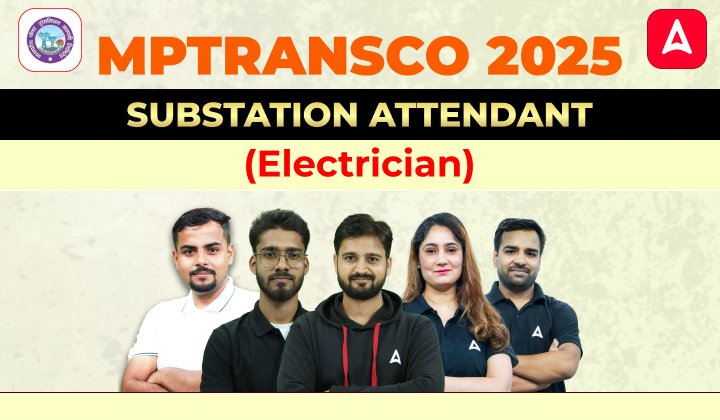Table of Contents
What is Air Compressor?
An air compressor is a machine that turns power, usually from an electric motor or a gasoline/diesel engine, into compressed air. It works by sucking in air and increasing its pressure, creating a stream of high-pressure air. This compressed air can be used for many purposes. Air compressors are versatile tools found in industrial, commercial, and home settings. They can power pneumatic tools, inflate tires, operate machinery, and even support some heating and cooling systems.
Components of Air Compressor
An air compressor consists of various components that work together to compress air and make it available for various applications. These components may vary slightly depending on the type and design of the air compressor, but the fundamental elements remain consistent. The primary components of an air compressor are given below:
-
Prime Mover (Engine/ Motor): The prime mover provides the initial power to operate the compressor. It can be an electric motor or an internal combustion engine (gasoline or diesel) depending on the type of air compressor.
- Compressor Pump: The core component of the air compressor is the core component. It is responsible for drawing in atmospheric air and compressing it to a higher pressure. There are different types of compressor pumps, including:
- Reciprocating (Piston) Compressor: Uses one or more pistons that move up and down in a cylinder to compress air.
- Centrifugal Compressor: Utilizes a high-speed impeller to accelerate air and then converts the kinetic energy into pressure.
- Rotary Screw Compressor: Employs rotating screws to compress air continuously.
- Air Tank (Receiver Tank): Many air compressors have an air tank, also known as a receiver tank. The tank serves several important functions:
- It helps stabilize pressure, reducing the load on the compressor motor.
- It stores compressed air, allowing the compressor to operate intermittently rather than continuously.
- It serves as a reservoir of compressed air for immediate use when needed.
- Pressure Switch: The pressure switch is a control device that monitors the air pressure inside the tank. It is responsible for starting and stopping the compressor motor to maintain a specified pressure range. When the pressure reaches the upper limit, the compressor stops, and when it falls below the lower limit, the compressor starts again.
- Pressure Relief Valve: This safety device is designed to release excess pressure in case of a malfunction or over-pressurization. It prevents the tank from becoming dangerously pressurized.
- Pressure Gauge: A pressure gauge is typically mounted on the compressor unit to display the current air pressure inside the tank. This allows users to monitor and adjust the pressure as needed.
- Air Outlet and Hose Connections: Air compressors are equipped with one or more outlet ports with hose connections. Users can attach pneumatic tools, air hoses, or other devices to these outlets to utilize the compressed air.
- Filtration and Lubrication Systems: Some air compressors incorporate air filtration systems to ensure that the compressed air is clean and free from contaminants. Lubrication systems are also used to maintain the moving parts of the compressor.
- Cooling System: Large industrial air compressors often have cooling systems to dissipate heat generated during the compression process. This ensures that the compressor operates within safe temperature limits.
These are the primary components of an air compressor. The specific design and features may vary based on the type and purpose of the compressor, whether it’s a small portable unit for household use or a large industrial compressor for heavy-duty applications. Proper maintenance and regular inspection of these components are crucial to ensure the safe and efficient operation of an air compressor.
Air Compressor Working
The working of an air compressor involves several key steps and processes that ultimately result in the compression of air to a higher pressure. The specific operation may vary depending on the type of air compressor (reciprocating, rotary screw, centrifugal, etc.), but the basic principles remain intact.
- Air Intake: The process begins with the air compressor drawing in atmospheric air from its surroundings. The air intake is typically equipped with a filter to remove dust and contaminants, ensuring that the air entering the compressor is clean.
- Compression: The next step is the actual compression of air. This is the primary function of the compressor pump, which is the core component of the compressor. The compression process is varied for the reciprocating compressors, rotary screw compressors, centrifugal compressors, etc.
- Pressure Control: The air compressor is equipped with a pressure switch that monitors the air pressure within the tank. When the pressure reaches a preset upper limit, the pressure switch shuts off the compressor’s motor to prevent over-pressurization. Conversely, when the pressure falls below a lower limit, the pressure switch starts the motor to resume compression.
- Air Distribution: Compressed air can be directed to various outlets and connections on the compressor unit. Users can attach pneumatic tools, air hoses, or other devices to access the compressed air for specific applications.
- Safety Measures: Air compressors are equipped with safety features, such as pressure relief valves, to prevent dangerous over-pressurization of the tank. If the pressure exceeds a critical level, the relief valve opens, releasing excess air to ensure the tank remains within safe limits.
- Cooling and Lubrication: Large industrial air compressors often incorporate cooling systems to dissipate heat generated during compression. Lubrication systems are used to ensure the moving parts of the compressor operate smoothly and efficiently.
Uses of Air Compressor
Air compressors have a wide range of uses across various industries and for personal and commercial applications. Their ability to generate and store compressed air makes them invaluable for powering tools, equipment, and processes that require high-pressure air. Here are some common uses of air compressors:
- Pneumatic Tools: Impact wrenches, Nail guns, Pneumatic drills, Grinders and sanders, etc.
- Inflating Tires and Sports Equipment
- Airbrushing
- Cleaning and Dusting
- HVAC Systems
- Industrial Processes: Material Handling, Cutting and Welding, Packaging, etc.
- Food and Beverage
- Medical Devices:
- Agriculture and Aerospace Applications
These are just some of the many diverse applications of air compressors. The type and size of the air compressor chosen depend on the specific needs of the application, such as the required air pressure, volume, and level of portability.



 DFCCIL Answer Key 2025 Out, Direct Link ...
DFCCIL Answer Key 2025 Out, Direct Link ...
 THDC Result 2025 Out, Direct Link To Dow...
THDC Result 2025 Out, Direct Link To Dow...
 Oil India Grade III, V and VII Recruitme...
Oil India Grade III, V and VII Recruitme...









